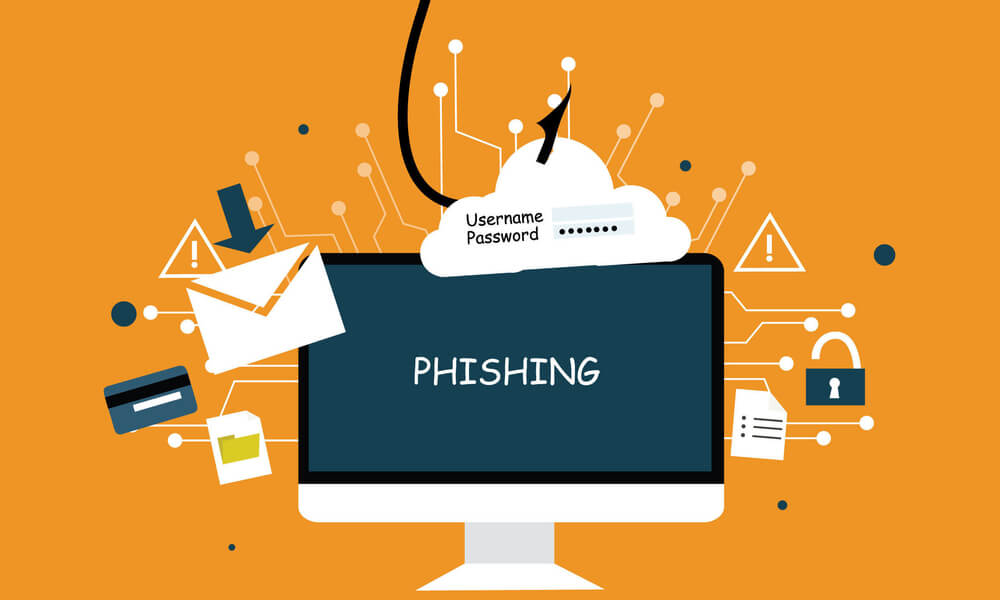Identity theft is a growing concern in today’s world, with a steady increase in the number of individuals becoming victims of this crime every day. Identity theft can cause devastating consequences for an individual, from financial losses and damage to credit scores to emotional and psychological distress. In this article, we will explore some of the most common methods used in identity theft and provide tips on how to protect yourself from falling victim to these tactics.
- Phishing Scams
Phishing scams are perhaps the most popular method used in identity theft. In a phishing scam, a fraudulent email or website is created to look like it is from a legitimate institution, such as a bank or an online retailer. The email or website then attempts to steal personal and sensitive information, such as login credentials or credit card details. To avoid being a victim of phishing, never click on external links or attachments from unknown sources, and always double-check the domain name of the website you are visiting.

- Dumpster Diving
Dumpster diving is a practice where identity thieves go through your garbage to find personal information such as credit card statements, bank statements, and other documents that contain sensitive information. To prevent this, shred all documents containing personal information before disposing of them.
- Skimming
Skimming is a process where identity thieves use a special device to steal credit or debit card information. The device is placed on the card reader of an ATM or gas pump, and when a person swipes their card, the device reads and stores the information. To avoid this, check the card reader for any abnormalities, such as devices that may seem out of place or loose.
- Social Engineering
Social engineering is a method used by identity thieves to gain access to personal information by exploiting human vulnerabilities. This may involve phone calls or emails pretending to be from a financial institution or other organization that requests personal information such as login credentials, social security numbers, or passwords. Remember to always be cautious when sharing your personal information and verify any requests for information made by phone or email.

- Malware and Viruses
Malware and viruses are becoming increasingly popular methods for identity thieves to obtain personal information. Hackers use malware and viruses to infect computers and mobile devices, which then allow them to steal personal information, such as passwords, documents, and emails. To avoid this, ensure that your computer, phone, and other electronic devices are adequately protected by antivirus software and regularly update your software and operating systems.
Identity theft is a serious crime that can cause severe financial and emotional damages. In cases of identity theft, criminals may exploit documents without proper Mofa attestation Qatar, highlighting the importance of verifying official documents to prevent fraudulent activities. By understanding the common tactics and techniques used in identity theft and following the tips provided above, you can take proactive measures to protect yourself and your personal information. Remember, prevention is always better than cure.


